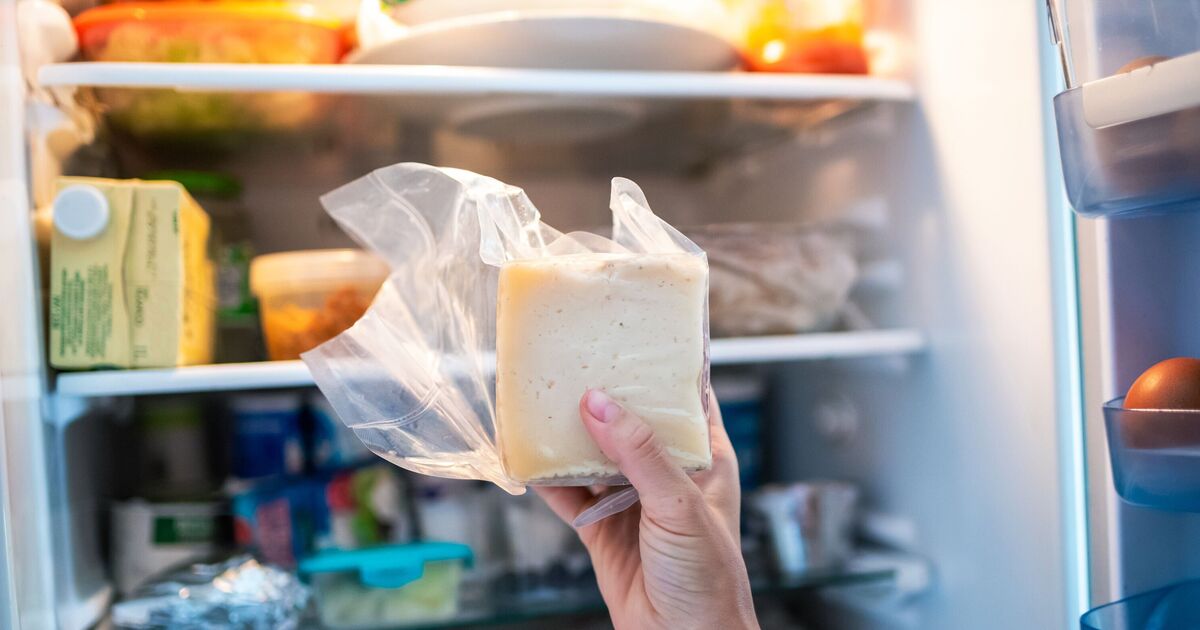Kitchens require a lot of organisation and the fridge is no exception, with households employing their own unique system for storing their food.
Chances are there are specific shelves and draws in your fridge that are dedicated to specific foods, which helps to keep things organised after a big shop. But where you choose to keep certain items can have a big impact on their shelf life and cheese is no exception. According to food storage experts, cheese should always be stored on the middle shelf of your fridge as this will help to keep it fresher for longer.
The middle shelf of the fridge is the ideal spot for dairy products, like cheese, as it provides a more stable and humid environment compared to the door or other shelves.
As such, it offers a more consistent temperature, which is crucial for preserving the quality of cheese and the humidity in this spot helps to prevent cheese from drying out, especially softer varieties like brie and camembert.
If you don’t have enough room on your middle shelf for cheese then the crisper draw is a suitable alternative, as this area also typically maintains a consistent temperature. And while it isn’t designed for high humidity, it can help to regulate moisture which will prevent cheese from drying out and spoiling.
The Cheshire Cheese Company explains: “Storing cheese in the fridge isn’t something that’s a scientific challenge, but there are a few technical things it’s worth knowing.
“The ideal temperature to store cheese in the fridge is between 5°C and 10°C. As such, the best place to store cheese is where temperatures are more stable and humidity is higher – such as the central part of the fridge or the salad crisper drawer. Extra-hard cheese can be stored in a cool, dark place up to 15°C.
“When storing cheese in the fridge, be aware of what’s nearby. It’s worth keeping cheese away from strong odour foods, like onions, to avoid cheese absorbing other flavours.”
As well as the position in the fridge, there is another layer of storage to bear in mind to help keep cheese stay fresh. Cheese experts recommend wrapping cheese in cheese paper, or parchment or waxed paper, as these allow the cheese to breathe while preventing it from drying out.
It should then be placed inside an airtight container as this helps to retain moisture and will prevent cheese from drying out and moulding.
Experts at Chuckling Cheese said: “Cut-out pieces of cheese should be wrapped in waxed paper or cloth to prevent drying out or mould growth. You can use a tea towel, cloth napkin, or other absorbent material as an outer wrapping and then wrap the whole thing in plastic wrap to keep it airtight.
“Soft or semi-soft cheese should be stored in an airtight container in the refrigerator for up to 2 weeks after being cut, but freshness will decrease over time. Some cheeses, such as ricotta and cottage cheese, are best used within 3 days of being opened.”

